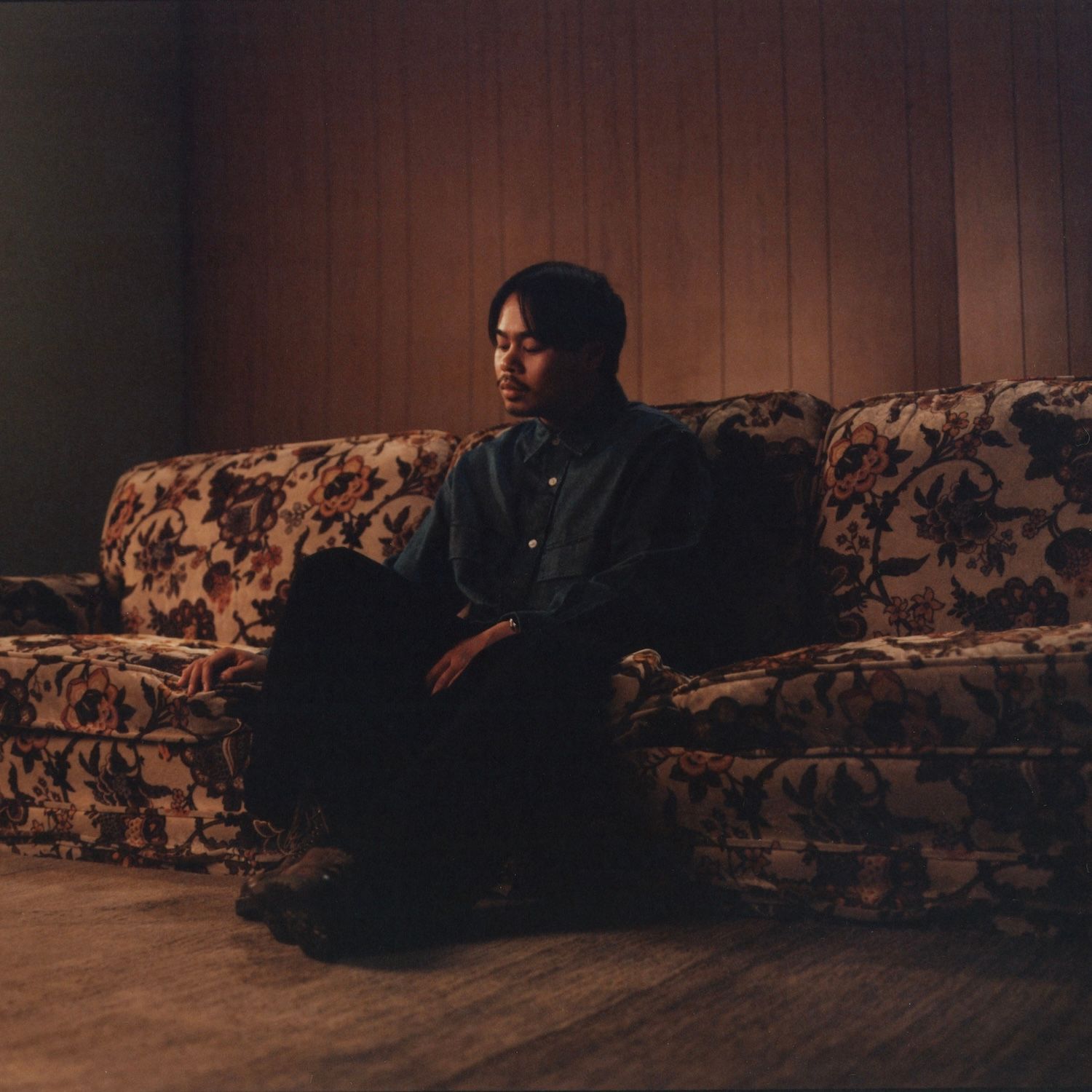
According to a recent report from Exploding Topics, Americans spend roughly five hours a day on their phones. The average American checks their phone, on average, 58 times a day, with the highest usage from Gen Zers.
So naturally, in an era where mobile consumption dominates, a new frontier in entertainment is rapidly emerging: vertical TV mini-series.
Leading the charge in shaping this visually distinct format is Roux Chen, an accomplished Director of Photography known for his unique visual style and profound understanding of cinematic storytelling. With a robust portfolio spanning narrative films, documentaries, commercials, and music videos across Taiwan and the United States, Chen is now lending his keen eye to a booming genre that’s captivating millions.
Roux Chen’s approach to cinematography is founded on the principle that lighting should always serve the story, meticulously crafting mood and emotion in every frame. This philosophy, which combines technical prowess with artistic insight, translates seamlessly into the demands of vertical content, where intimacy and immediate engagement are paramount. His work on projects like the narrative films “Wrath,” “Midnight in Alhambra,” and “Lotto,” alongside high-profile music videos and commercials, has cemented his reputation for delivering impactful visuals that resonate with audiences.
Now, Chen is at the forefront of the vertical TV phenomenon, a format optimized for smartphone viewing that reimagines traditional long-form storytelling for the digital age. He has contributed his expertise to several notable vertical series, including “Triple Life with My Billionaire Crush,” “Moonfire: Alpha & Hunter,” and “Why My Contract Ex-Husband Keeps Chasing Me,” and is currently shooting another new series.

“These titles—and the storylines themselves—are intentionally over-the-top,” Chen explains, shedding light on the genre’s magnetic appeal. “The goal is to hook the audience immediately, so everything from the name to the plot needs to be dramatic and eye-catching. These platforms already have a huge and growing audience, and grabbing attention quickly is the key to keeping them engaged.”
The audience for these bite-sized dramas is surprisingly diverse. “In the U.S., from what I’ve seen, the core audience is mostly women in the Midwest, often middle-aged,” Chen notes. “But honestly, these shows reach all age groups.” While the first few episodes are typically free to entice viewers, the full story often requires a paid subscription, a monetization model that has proven highly effective in garnering millions of views.
Chen draws a compelling parallel between vertical TV series and a timeless format: the soap opera. “It’s actually very similar to the classic soap opera formula, just reimagined for mobile viewing,” he observes. “The pacing, drama, and character arcs are all very familiar—just optimized for short-form, vertical storytelling.”
The enduring allure of soap operas, even in 2025, finds renewed energy in the vertical format. “These shows have always thrived on emotional connection, long-running story arcs, cliffhangers, and relatable characters keep audiences invested,” Chen states. “With most people consuming content on their phones, vertical framing feels more intimate, almost like the characters are speaking directly to you. It also opens up new possibilities for cinematography, especially close-ups and tight framing that highlight the heightened emotions soap operas are known for.”
A significant aspect of this burgeoning industry is the cultivation of new stars, many of whom are already social media influencers. “You’re absolutely right. Many of these actors are building huge followings,” Chen confirms. “The production companies recognize this and are investing in developing them as stars. There’s even a Comic Con-style fan convention planned for later this year, with live meet-and-greets featuring the biggest actors from these shows.”
Indeed, vertical TV is creating a new generation of beloved faces. Actors like Jake Hobbs (48.4k Instagram followers), Carolina Rezende (112k followers), and Skyla Lynne (25.6k followers) are building substantial fan communities directly on platforms like Instagram and TikTok, enabling shows to reach audiences faster than traditional TV.
Life on a vertical TV set is, as Chen describes, is nothing short of “intense.”
“It’s almost like shooting a film and a TV series at the same time, but in a fraction of the schedule,” he explains. With multiple short episodes shot daily, downtime is minimal, demanding a highly synchronized crew. “As a DP I’m constantly thinking ahead about how to light and frame for maximum emotional impact in a vertical crop. It’s collaborative, high-energy, and there’s this constant drive to make each scene feel cinematic despite the tight turnaround.”
One of Chen’s most notable successes in this format is “My Ex-Husband Keeps Chasing Me,” produced by Cooler Productions, which achieved an impressive 19.5 million views—a significant milestone for both the production team and the vertical TV genre itself.
Looking ahead, Chen remains deeply involved in the vertical TV space. “I just wrapped two new series, one is a rural romance that feels warm and grounded, and the other is a suspenseful drama centered around a hidden identity,” he shared. Both are currently in post-production, promising audiences fresh narratives and innovative visuals from the seasoned cinematographer. “Each project challenged me in different ways visually, and I’m excited to see how they connect with viewers once they’re released.”
As smartphones continue to be the primary screen for entertainment, Roux Chen’s expertise is proving invaluable in defining the visual language of this new, dynamic chapter in television. His work underscores how technical skill, artistic vision, and an understanding of evolving audience habits are converging to create the next wave of immersive storytelling.
Follow Roux Chen at @neptuneinspace.




